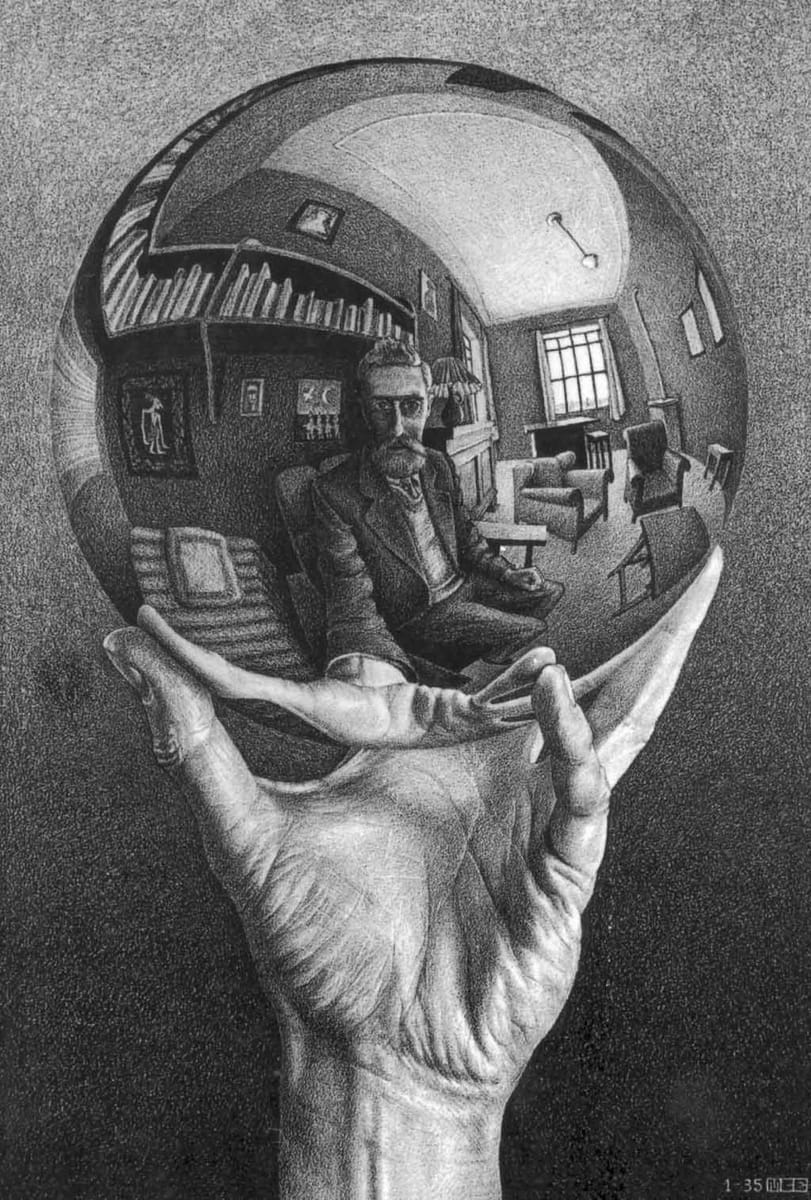Today, mny PhD thesis Reflected Reality: Augmented Reality Interaction with Mirror Reflections has officially passed the examination. Welcome to download and read it if you find the Abstract interesting ;-)
Abstract
Mirror reflections enable a compelling visuomotor experience that allows people to simultaneously embody two spaces: through the physical body in front of the mirror and through the reflected body in the illusory space behind the mirror. This experience offers unique affordances for Augmented Reality (AR) interaction that leverages the natural human perception of the relationship between the two bodies. This thesis explores possibilities of AR interaction with mirror reflections through unpacking and investigating this relationship.
Through a systematic literature review of Extended Reality interaction that is not from the first-person perspective (1PP), we identify opportunities for novel AR interaction techniques from second-person perspective (2PP) using the reflected body in the mirror (Article I). Following this, we contribute Reflected Reality: a design space for AR interaction with mirror reflections that covers interaction from different perspectives (1PP/2PP), using different spatial frames of reference (egocentric/allocentric), and under different perceptions of the use of the space in the mirror (as reflection/extension of the physical space) (Article II).
Previous work and the evaluation results of reflected reality interaction suggest that most of its novel interaction affordances revolve around the physical and the reflected bodies in the egocentric spaces. Following this observation, we conduct two empirical studies to investigate how users perceive virtual object locations around their physical bodies through a target acquisition task (Article III), and to understand how users can perform bodily interaction using their reflected bodies in the mirror through a movement acquisition task following a virtual instructor (Article IV). Together, results from these studies provide a fundamental knowledge base for designing reflected reality interaction in different task scenarios.
After investigating the spatial affordance of mirror reflections for AR interaction, this thesis further explores the affordance for embodied perception through the mediation of the reflected user. Intuiting from results of Article IV, we conduct a systematic review of dance and choreography in HCI that reveals opportunities for using AR with mirror reflections to mediate the integration of the visual presentation and kinaesthetic sensation of body movement (Article V). We present the findings and discussions from a series of workshops on dance improvisation with a prototype AR mirror, which reveals the affordance of a multi-layered embodied presence across the mirror perceived by dancers (Article VI). We conclude this thesis with a discussion that summarises the knowledge gained from the empirical studies, elucidates the implications of the design space and novel interaction techniques, and illuminates future research directions inspired by its empirical and theoretical implications.
